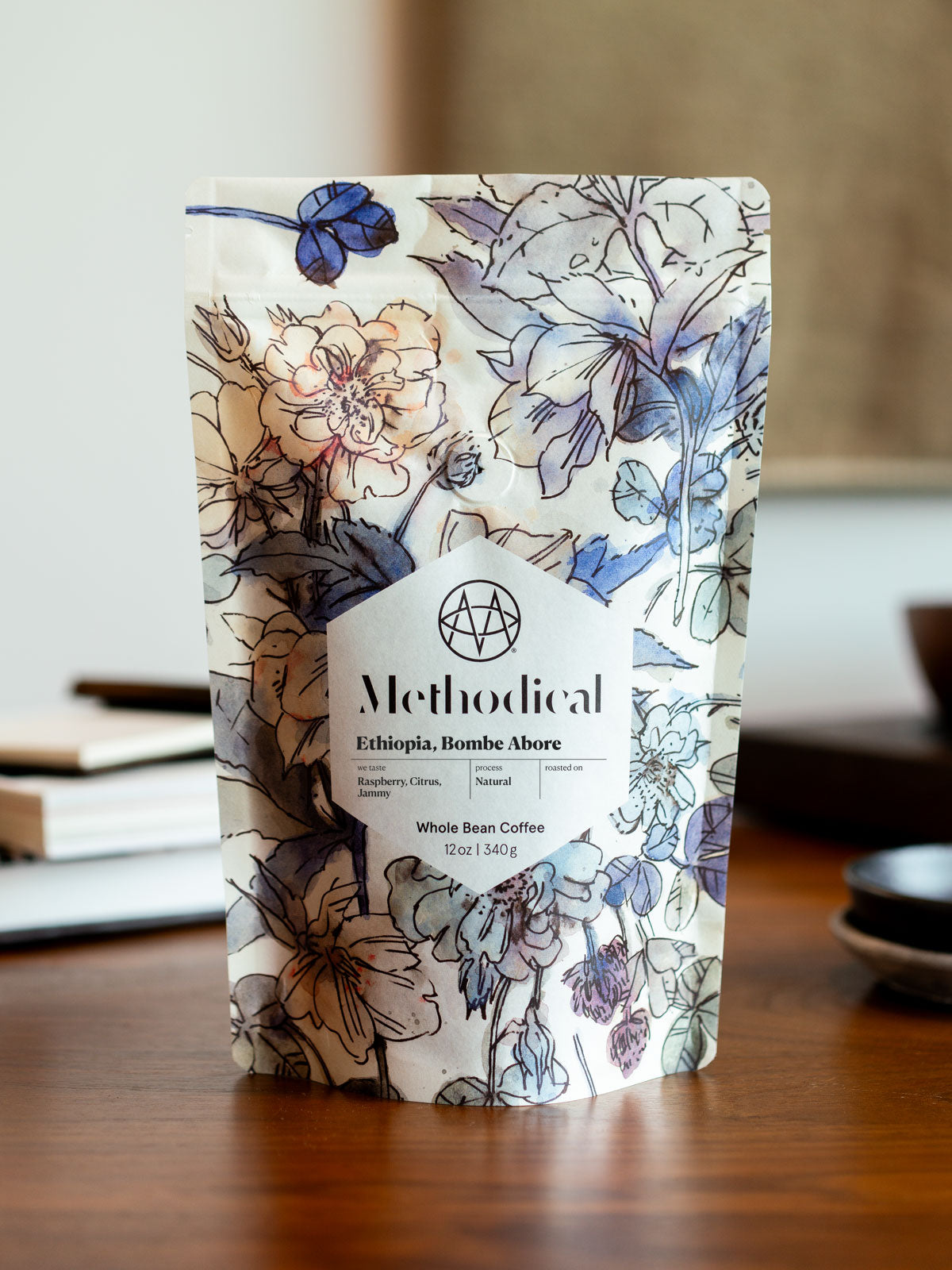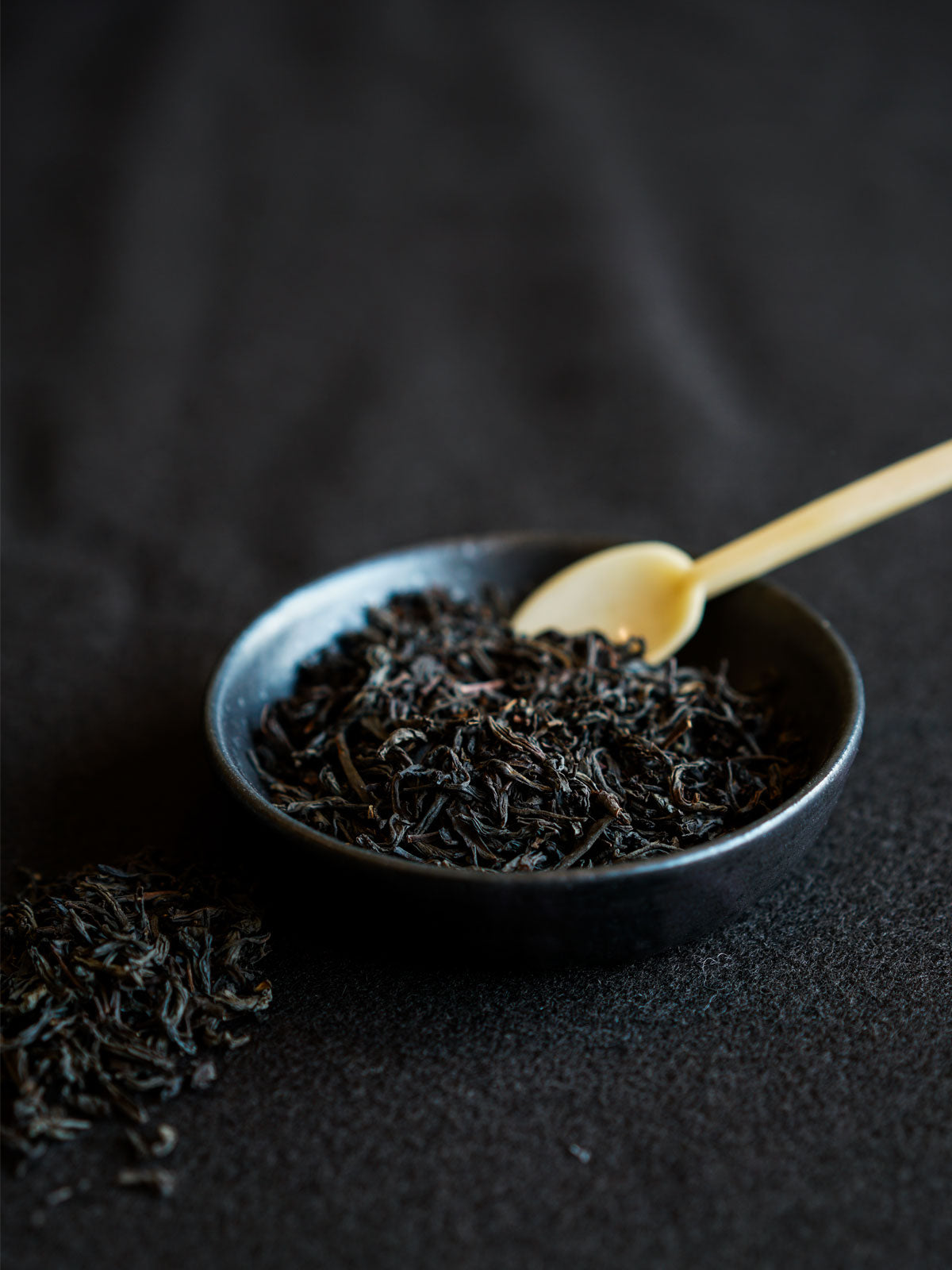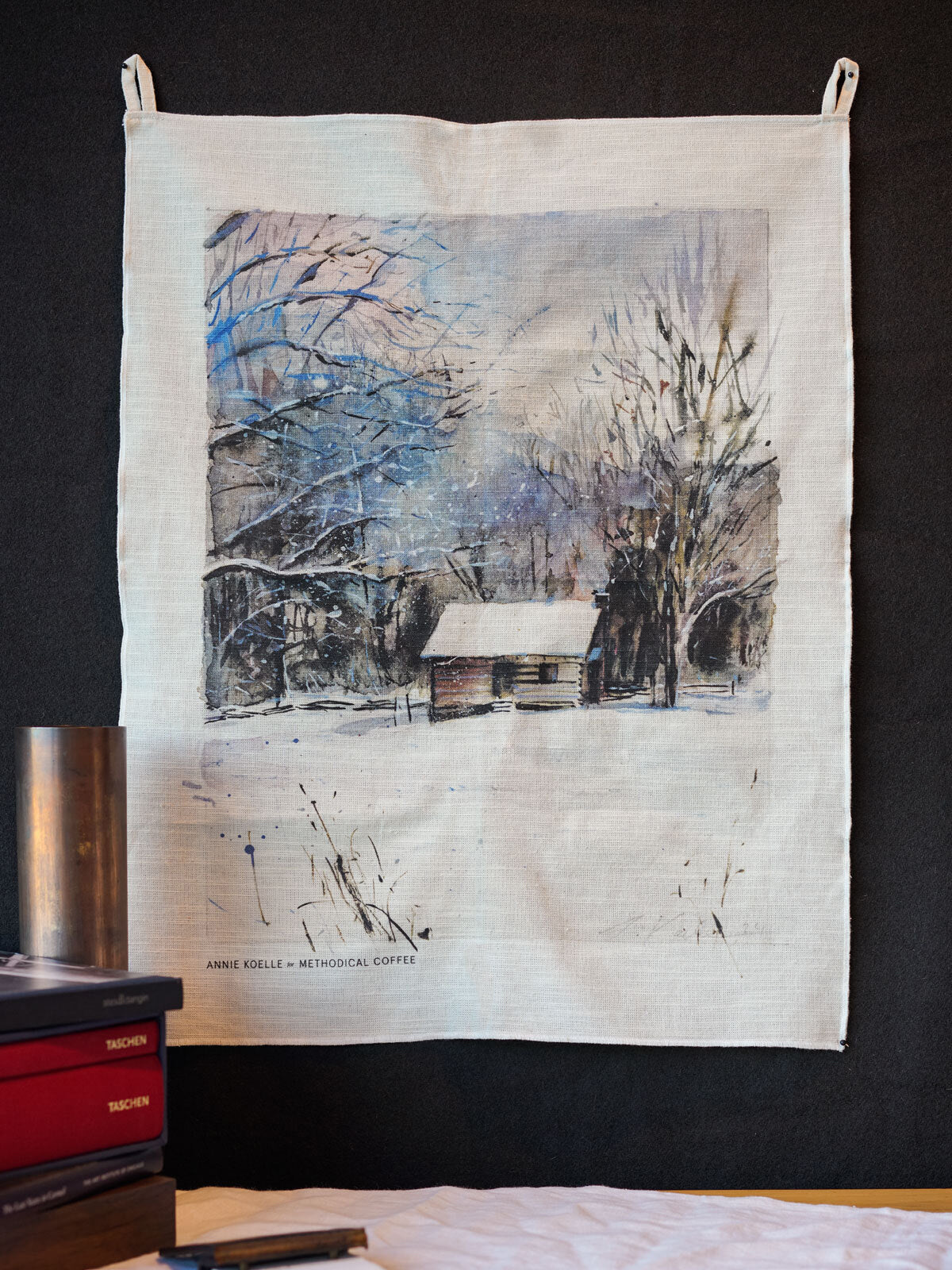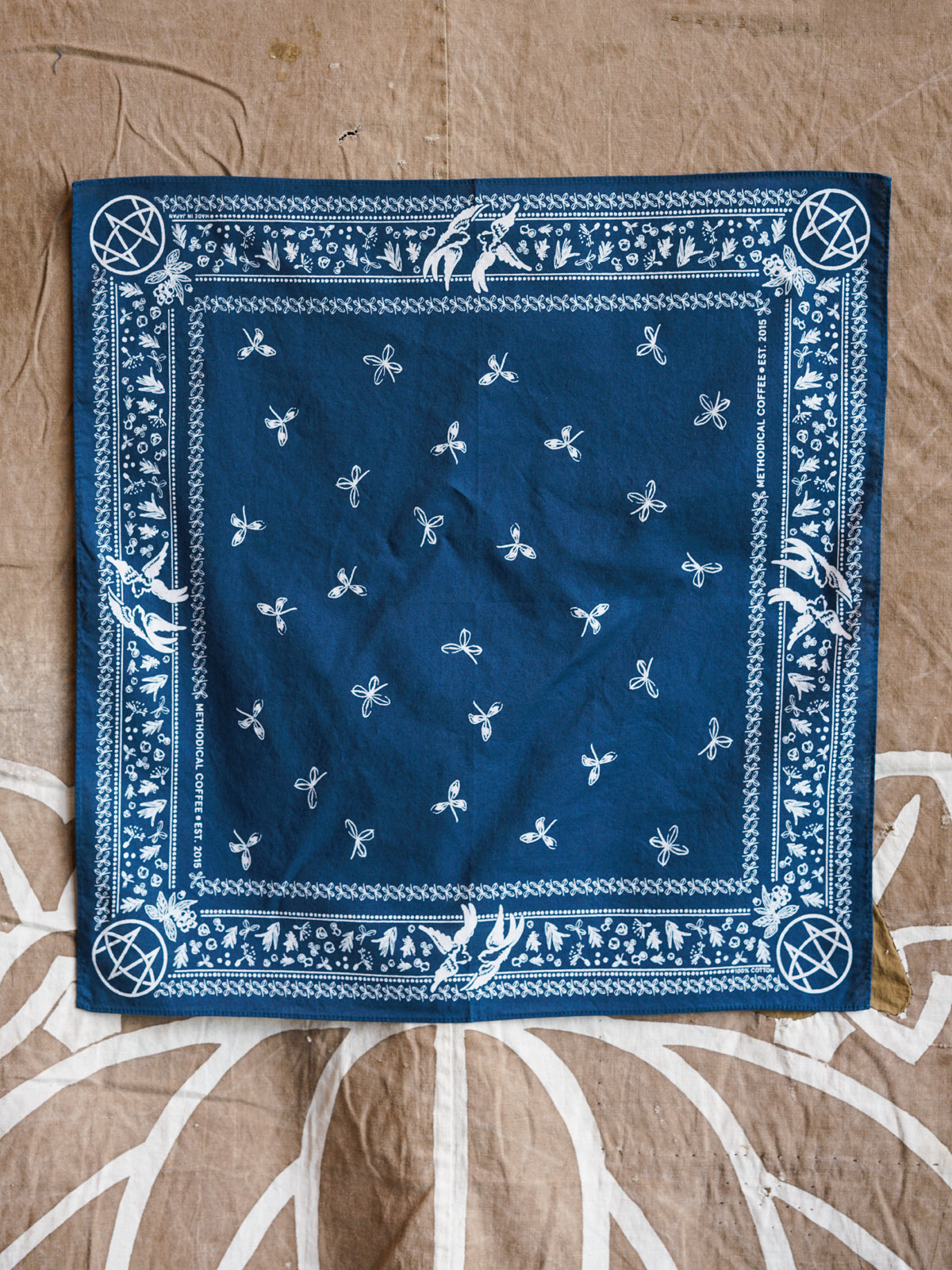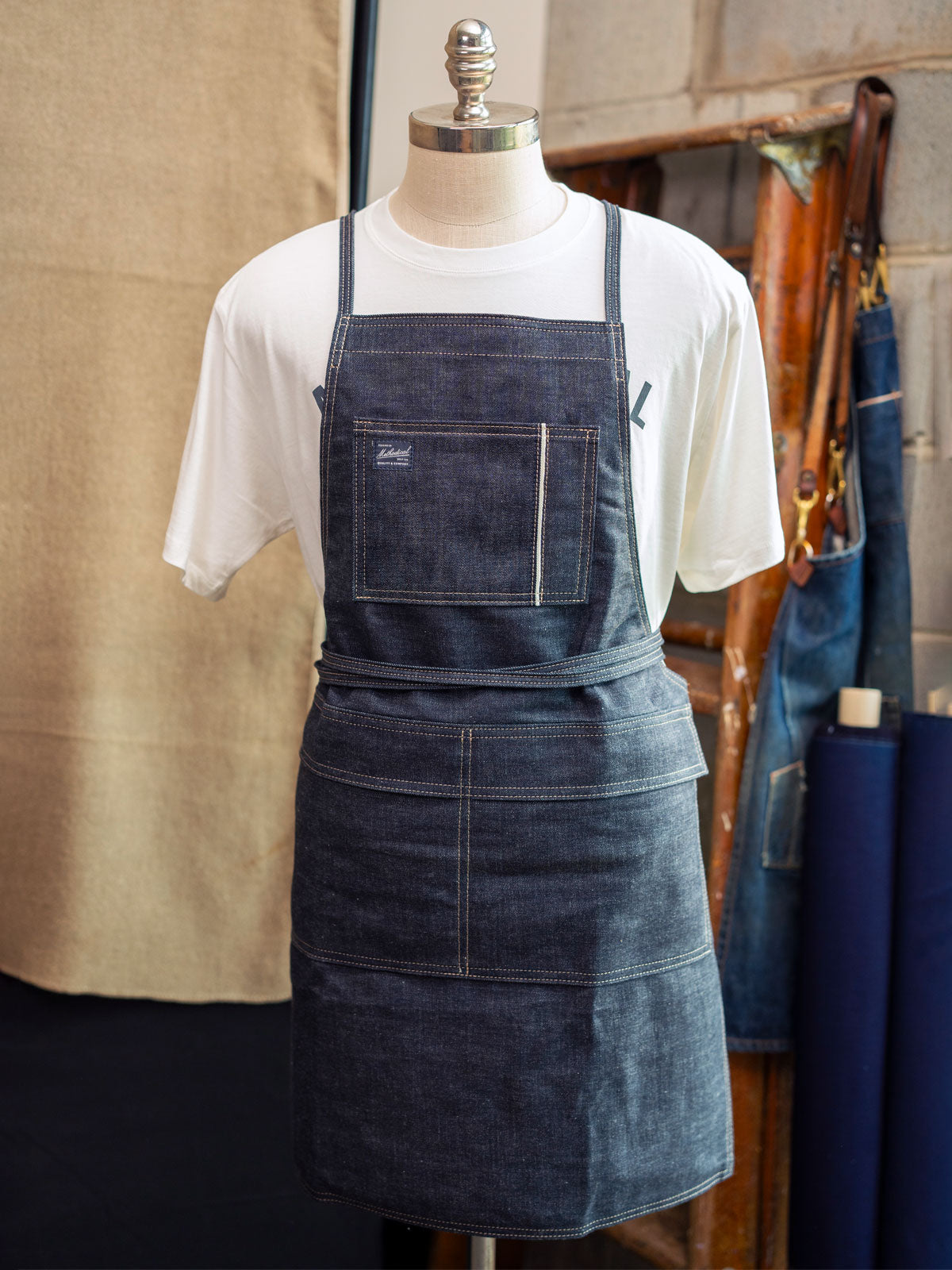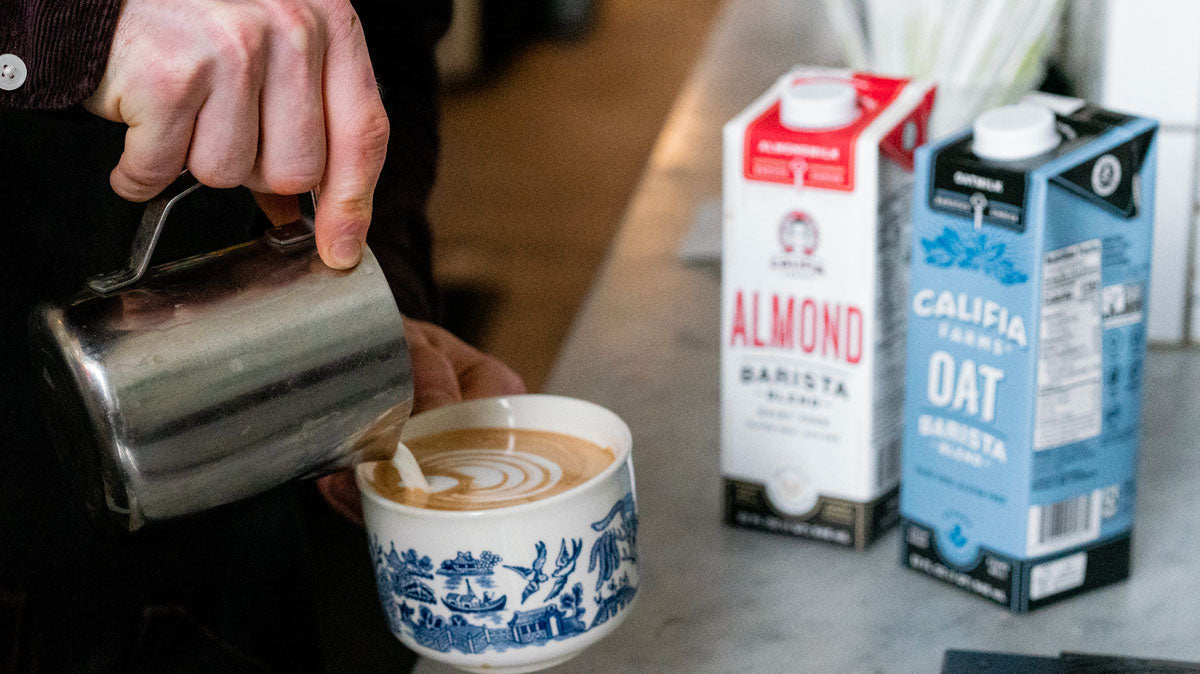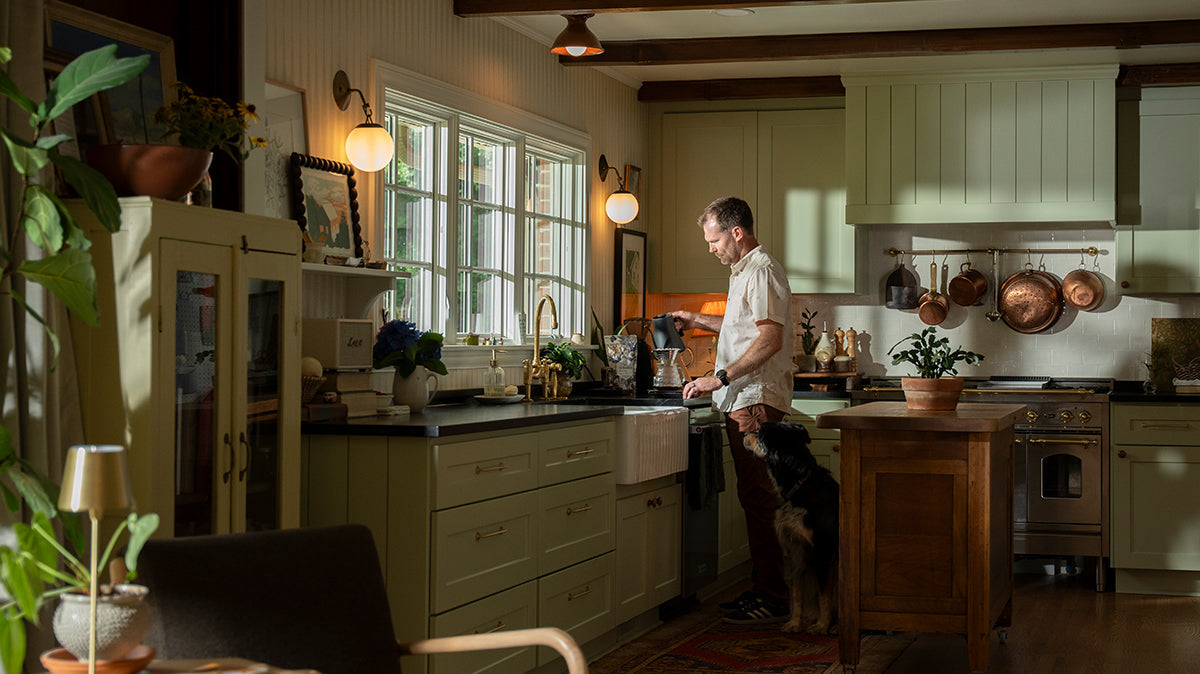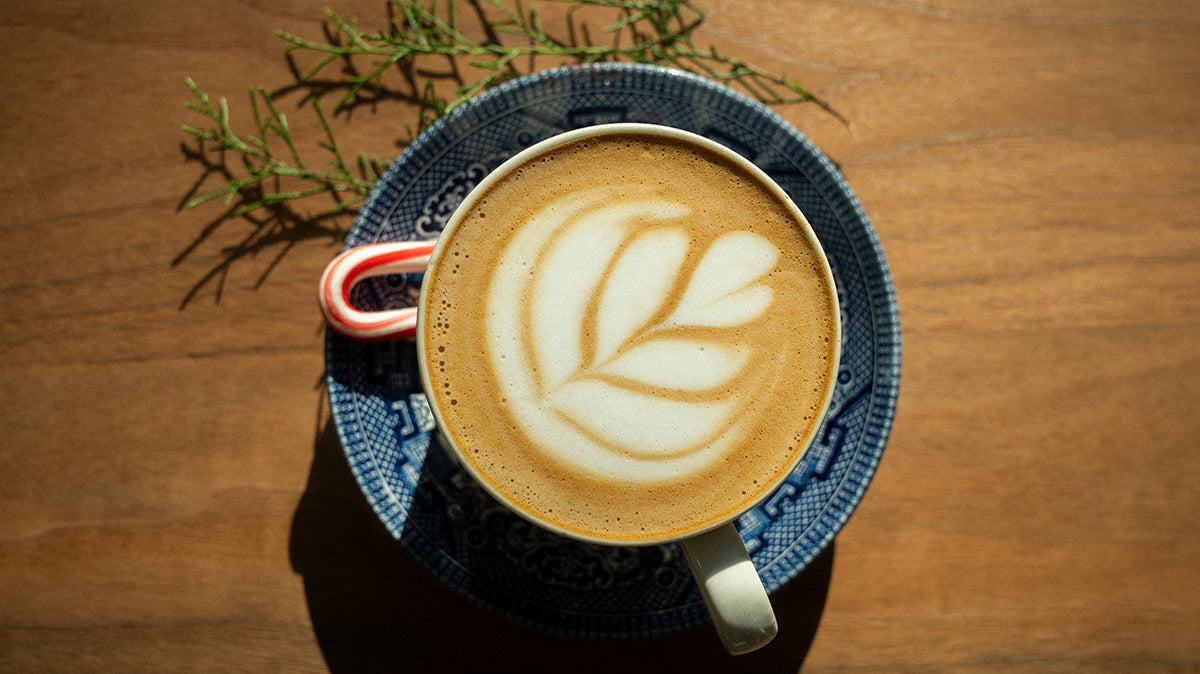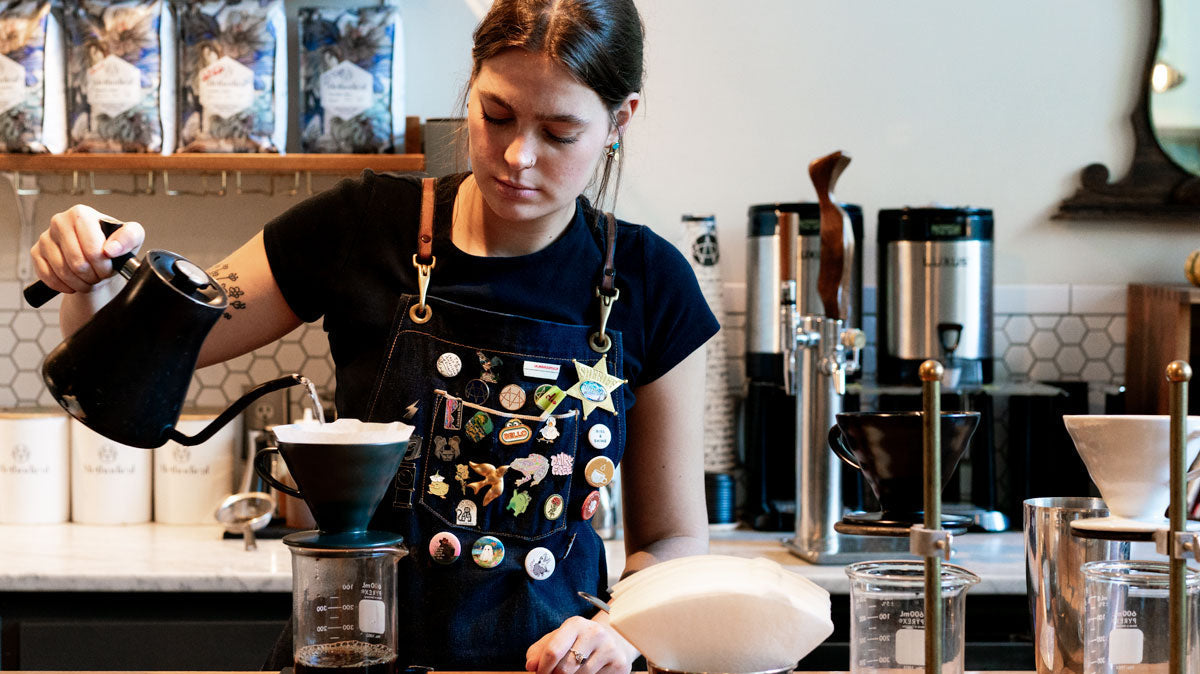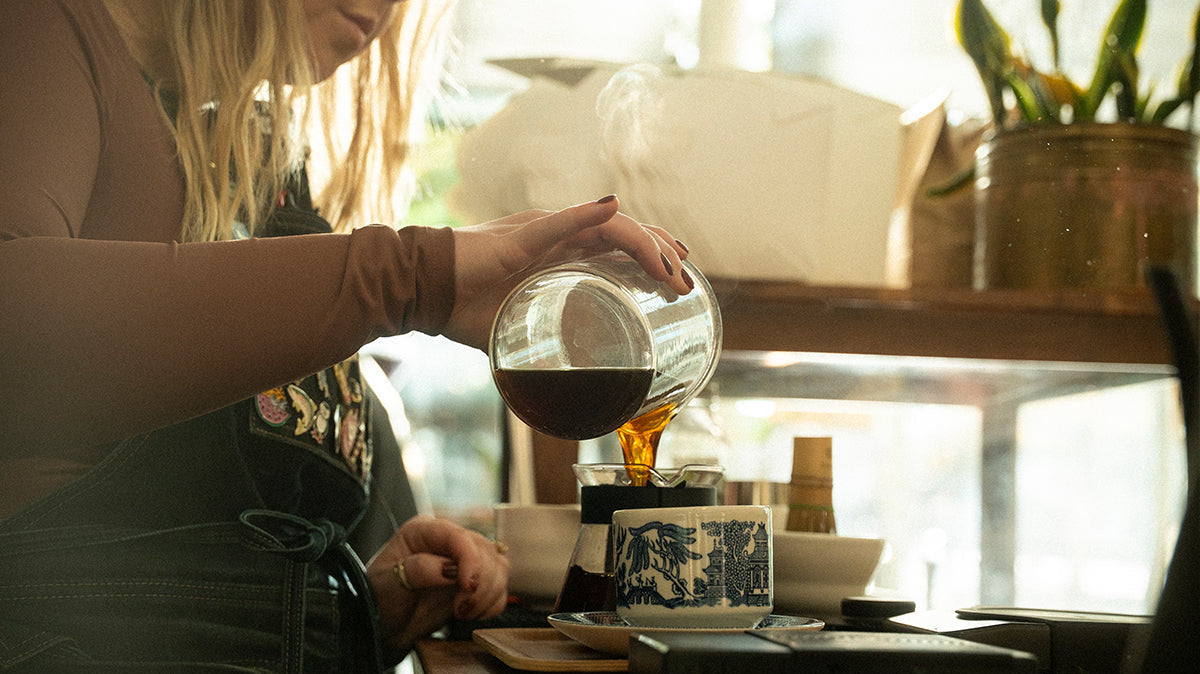Roasting coffee transforms hard, green beans into the aromatic, flavorful brew we know and love—much like how cooking brings out the best in food. In its unroasted state, coffee is dense, nearly indigestible, and locked away from our senses. Through roasting, heat, time, and airflow work together to unlock a world of flavors and aromas.
Roast level is one of the biggest factors that shapes how your coffee tastes and smells, from crisp and citrusy to deep and bold. Whether you’re after a bright, lively cup or a rich, robust brew, understanding the difference between light, medium, and dark roast helps you find your perfect coffee.
Wondering how these roasts really stack up? Use our table below to spot the key differences:
Light vs Medium vs Dark Roast Coffee: Quick Comparison
|
Aspect |
Light Roast |
Medium Roast |
Dark Roast |
|
Color |
Light brown, matte and dry, often with visible chaff |
Rich brown, low sheen, some chaff remains |
Dark chocolate brown, shiny/oily surface |
|
Texture |
Dry, matte, light chaff on bean crease |
Slight sheen, moderate chaff |
Oily, shiny, no chaff |
|
Aroma |
Bright, citrus, berries, flowers, tea-like |
Chocolate, nuts, red fruits, baking spices |
Nuts, chocolate, charred, grilled food |
|
Flavor Profile |
Less bitter, sweeter, tea-like, high acidity ("bright") |
Balanced, some body, complex, still bright notes |
Pronounced bitterness, bold, may taste smoky or charred |
|
Acidity |
Highest acidity (bright, lively flavors) |
Balanced acidity |
Low acidity (smooth, muted) |
|
Bitterness |
Minimal |
Moderate |
Most pronounced; may require cream/sugar |
|
Body (Mouthfeel) |
Light, delicate |
Medium, rounded |
Full, robust, heavy |
|
Best Brew Methods |
Black, pour over, drip |
French press, espresso, pour over, drip |
Espresso, lattes, cappuccinos, French press |
|
Popular Uses |
Enjoyed black to highlight flavors |
Most popular; works well black or with milk/sugar |
Popular for milk drinks; often paired with cream/sugar |
|
Caffeine Content |
Nearly equal to other roasts (varies by weight/volume) |
Nearly equal to other roasts |
Nearly equal to other roasts |
What happens when coffee is roasted?
So many fascinating and intertwined things happen as coffee roasts. The color turns from a pale green or gray to brown as its chlorophyll breaks down. Its density transforms into brittle, dry, and hollow as moisture evaporates and cellulose carbonizes. Bitterness appears as acids break down into lactones. And flavors develop as sucrose caramelizes and amino acids transform. As well as a host of so many other things.
It’s the roaster’s job to roast coffee with such precision that the flavors become pronounced and balanced without over or under roasting. As you drink coffee, the goal is to taste its terroir—it’s place, weather, and soil, and not its roast.
What are the different kinds of coffee roasts?
Coffee roastness is a spectrum with fuzzy extremes. Just like you could cook a steak as rare or as well-done as you’d like, coffee can be roasted as light or dark as you’d prefer. But the three most common markers for roast development are light, medium, and dark. Though the level of roast of each of these markers is very subjective. One person’s dark roast is another person’s medium roast.
Dark roast coffee
Visually, dark roasted coffee often carries the color of dark chocolate and has a shiny texture from the internal oils that have surfaced from the longer roast time. Dark coffees also carry a more pronounced bitterness than light or medium roast. This is due to chlorogenic acids breaking down into lactones and phenylindanes. Acid lactones contribute to a pleasant coffee-like bitterness, whereas phenylindanes contribute to the unpleasant type of bitterness. The longer coffee is roasted, the higher the presence of phenylindanes. This is why darker roasted coffees are often accompanied by cream and sugar to help cut the unpleasant bitterness. The aroma of freshly ground dark roast coffee is often reminiscent of nuts, chocolate, and very developed coffees will remind you of the char on grilled food. If a dark roast was music, it’d have all bass.
Light roast coffee
Lightly roasted coffees are light brown in color and have a matte, dry texture. Light roast coffee will also carry a characteristic silverskin chaff on the bean’s crease. This chaff isn’t present in dark roasted coffees due to it being lost with longer roast development. Light roast coffees are less bitter, more sweet, and often tea-like. They also often have the highest acidity. This isn’t necessarily a bad thing as acid carries flavor. The presence of acid in coffee is often described as bright. Light roast coffees are best enjoyed black as they don’t always hold up well with cream and sugar. Sometimes the brighter acidity can sour milk. The aroma of freshly ground light roast coffee will remind you of citrus fruits, berries, flowers, or tea. If light roast was music, it would be heavy on the mids and treble.
Medium roast coffee
Medium roasted coffees fall in the middle between light and dark roast. They carry a rich brown color with a low sheen texture. They often still have the silverskin chaff though less than a light roast coffee. They’re more balanced in that they have body while still carrying complex brighter notes. The aroma of freshly ground medium roast coffee may include chocolate, nuts, as well as red fruits or baking spices. If medium roast was music, it would carry equal amounts of treble, mids, and bass.
What is the most popular roast of coffee?
Medium roast coffee is currently what most people reach for. This is mostly due to its ability to appeal to a wide range of flavor preferences. Medium roast often has enough body to hold up in espresso or cream and sugar. But also has enough complexity and brightness for those looking for something more nuanced. But as mentioned earlier, there is no standard for the qualities of a medium roast. It’s purely subjective. So use your senses other than flavor when evaluating a coffee. Evaluate its color, texture, and aroma. If it smells good, there are good chances it’ll taste good too.
Does dark roast have more caffeine?
It has been long believed that the darker the roast, the less caffeine it will contain. But that has been proven incorrect in recent studies. Caffeine levels are less impacted by roast, and more by where the coffee is grown, elevation, species, varietal, and even how it's brewed. Learn more about how much caffeine is in coffee.
What is French roast?
Coffee that is labeled french roast is not referring to the variety of bean, but to the roast level which is past what would be considered dark roast. They’re often very dark in color, similar to an ebony color, and look so oily they appear wet. French roast coffees are intended to be brewed espresso and enjoyed as lattes and cappuccinos.
What is Italian roast coffee?
Coffees labeled Italian roast are the same as French. It refers to roast level, not a type of bean. It’s often very dark in color, similar to ebony, and looks so oily it appears wet. Italian roast coffees are intended to be brewed as espresso and enjoyed as lattes and cappuccinos.
Best roast for espresso
Though you can brew any coffee on espresso, coffees that are more developed, or darker, tend to hold up better with steamed milk. Medium roast coffees are also great for espresso if you’re looking for more complexity. Our Belly Warmer coffee is a dark roast and is everything you would want in a latte.
Best roast for french press
The plunger of a french press features a metal screen that traps the coffee grounds while allowing the oils of the coffee into your cup. This produces a creamy mouthfeel that often works best with medium or darker roasts. Our Blue Boy coffee is a great medium roast to enjoy on french press.
Learn more: How to Brew a French Press
Best roast for cold brew
Cold brew is a brew method that brews coffee at cold or room temperatures and for a long period of time. This method tends to pull out different flavors of the coffee than if you brewed it hot. Using a medium or light roasted coffee with fruity tasting notes will give you a light and refreshing beverage with hints of fruit. This is different from most traditional cold brews which tend to use darker roasts. We recommend trying our Ethiopia, Dur Feres on cold brew.
Learn more: How to Make a Shaken Iced Coffee | What is Cold Brew Coffee and How to Make It?
Best roast for pour over
The pour over method is the ideal method for light roasted coffees that are brighter and more delicate. Oftentimes these coffees offer more complexity that may get lost in other brew methods or with milk and sugar. Our Pink Lady blend is a more complex coffee with tasting notes of citrus, berries, and dark chocolate.
Learn more: How to Make a Pour Over Coffee
You might also like:
